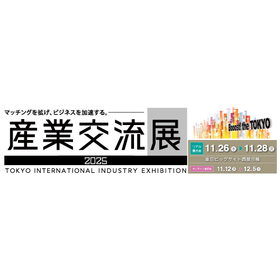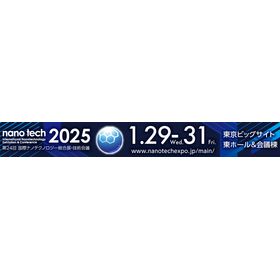Top-Class Volume-Specific Capacity: High-Capacity Anode Materials for Secondary Batteries
When using tin sulfide as the negative electrode material for lithium-ion batteries, the theoretical capacity of tin sulfide is 4.7 times that of graphite by volume and 2.1 times that of graphite by mass. In terms of actual discharge capacity by volume, our tin sulfide is a high-capacity negative electrode material on par with silicon-based negative electrode materials. It has also been reported to excel in fast charge and discharge performance. Additionally, since the elements that make up tin sulfide are sulfur and tin, which are abundant in nature, cost reduction during mass production is expected. This tin sulfide powder is a uniform mixture created by adding acetylene black, a conductive additive, to our developed tin sulfide dispersion with excellent dispersibility. Furthermore, changes in particle size, type of additives, and amount of additives can also be considered for this tin sulfide powder. Please feel free to contact us!
Inquire About This Product
basic information
For example, in the case of tin sulfide powder with 95 wt% tin sulfide and 5 wt% acetylene black added, the particle diameter of this tin sulfide powder is a hydrodynamic diameter of 394.0 nm, making it a nanoscale particle.
Applications/Examples of results
The intended uses of this sulfurized tin powder include next-generation secondary batteries such as lithium-ion batteries and all-solid-state batteries, large-capacity capacitors like lithium-ion capacitors, various sensors, and solid lubricants.
Detailed information
-

SEM observation image of tin sulfide powder
catalog(3)
Download All CatalogsNews about this product(3)
Company information
Kalkogenic Co., Ltd. is a startup company with the mission of "creating new value and contributing to the realization of a sustainable society." It engages in the manufacturing and sales of Group 14 chalcogenide materials, as well as the research and development of their manufacturing equipment. Group 14 chalcogenide materials are expected to be adopted in various devices as next-generation electronic materials. Our company aims to become a hub for Group 14 chalcogenide materials and promote the practical application of devices.








